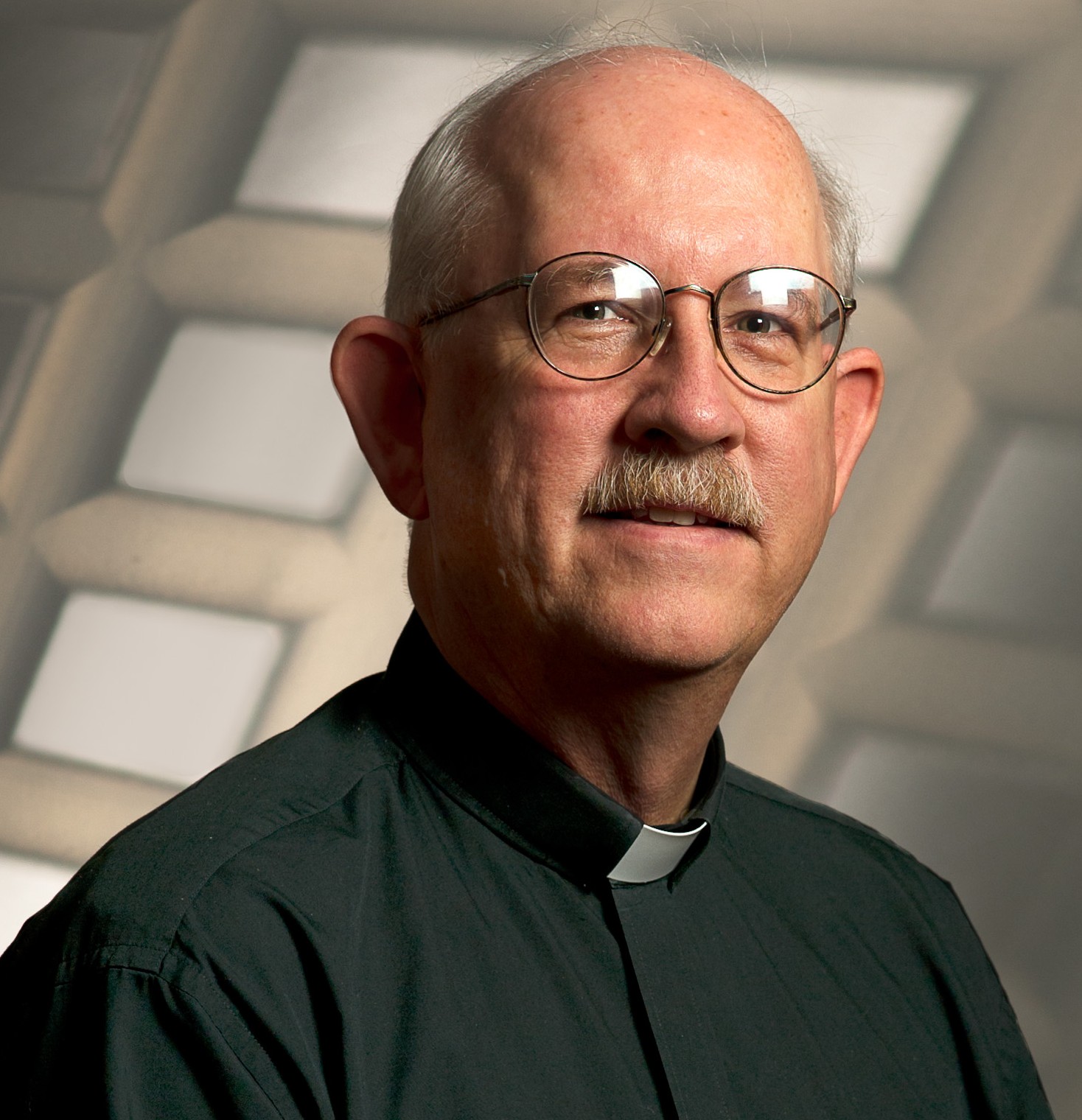 |
| Fr. Thomas P. Gaunt, S.J. |
In the 1970s, when the church was debating how it should relate to
the modern world, the order’s General“the service of faith” and “the promotion of justice”
would be the focus of every Jesuit ministry.
Congregation, or legislative body,
decreed that This coincided with a period of high-profile — detractors would say notorious — activist Jesuits, including the Rev. Daniel Berrigan, a founder of the anti-nuclear Plowshares Movement.
In Latin America, the Jesuit
emphasis on helping the poorest peoples often drew the society into
political upheaval, including the cause of liberation theology, a Latin
American-inspired view that Jesus’ teachings imbue followers with a duty
to fight for social and economic justice. U.S. Jesuit James Carney was
killed in 1983 serving as chaplain to a rebel column from Honduras.
Pope
John Paul II, hoping to re-direct the religious order, took the
extraordinary step in 1981 of replacing the Jesuit’s chosen leader with
his own representative.
The society encompasses a range of outlooks, including tradition-minded men. Still, conservative Catholics often view Jesuits as a band of disloyal liberals. The day after Francis was elected, George Weigel, a John Paul biographer, wrote in the conservative National Review magazine that the pope “just might take in hand the reform of the Jesuits” that Weigel argued was never finished. (Smolich rejects any suggestion that the order isn’t faithful to the church or its teachings.)
It’s too early to say how these past
conflicts could influence Francis and his relationships with the
society. He had disavowed liberation theology as a misguided strain of
Catholic tenets, while still maintaining a focus on the economic
failings of Western-style capitalism and the need to close the divide
between rich and poor.
Jesuits also worry that the religious order
could suffer in the spotlight. Maybe the new pope will keep his
distance from the society, for fear of giving an appearance of
favoritism. Or, he could use his new authority to become — from their
perspective — too involved in the society, like John Paul. And they
wonder if Jesuits would somehow be blamed for any of Francis’ decisions
that prove unpopular.
Jesuits were already at a crossroads when Francis was elected. Although the order remains the largest in the church for men, membership has dropped by more than half since peaking in 1965, Gaunt said.
The decline came mostly in the West. But In
South Asia and India, Christianity — and Catholicism specifically — have
been growing, and so, too, have the numbers of Jesuits in those areas.
Fr. Thomas P. Gaunt, S.J. calls it “the changing Jesuit geography.” India now has the largest national group of Jesuits with just over 3,900 members, followed by the U.S., with just under 2,500. Nearly one-third of the world’s 17,287 Jesuits came from developing countries, a figure that is expected to rise in coming years.
For U.S. Jesuits, this has meant a long
season of wondering where they go from here. The order is restructuring
in the U.S., merging their 10 smaller provinces into four larger ones. Lay
people now staff most Jesuit schools and ministries, so the order has
started Jesuit spirituality retreats and instruction for lay faculty and
staff to help maintain the religious identity of what they’ve built.
Among the newer Jesuit initiatives are high schools or middle schools in
poor communities, and programs that bring online college-level classes
to refugees in Africa and elsewhere
Link (here) to Thetandd.com










1 comment:
If this "changing of Jesuit geography" also means "changing of Jesuit heresies"-- or rather eliminating them, then I am all for it. For decades the majority of Jesuits have been off the reservation when it comes to Christianity, running after and championing every theological novelty and fad (so long as it isn't orthodoxy). Maybe cultures who value truth and tradition will do the order some much needed good.
Post a Comment